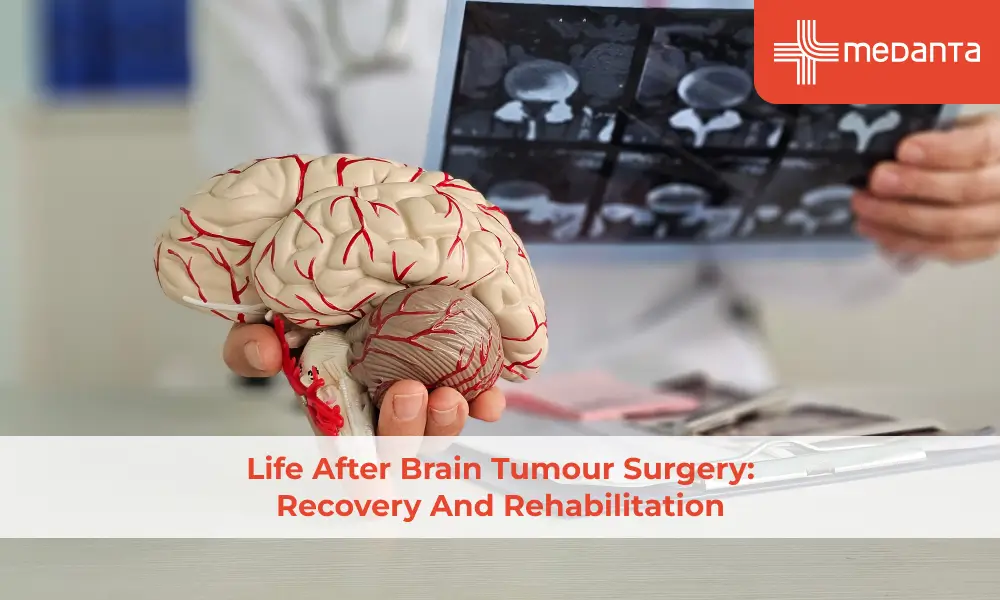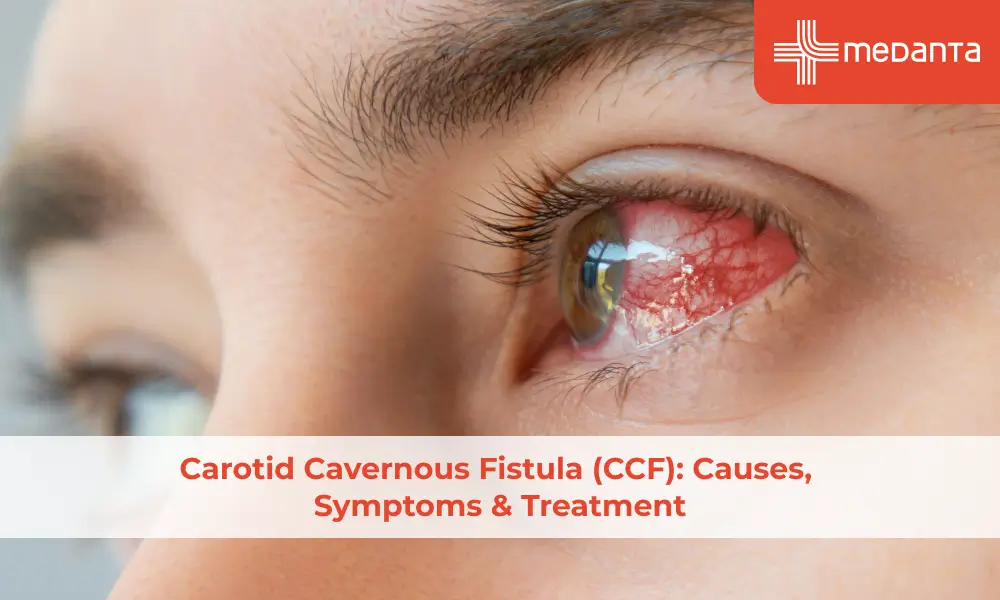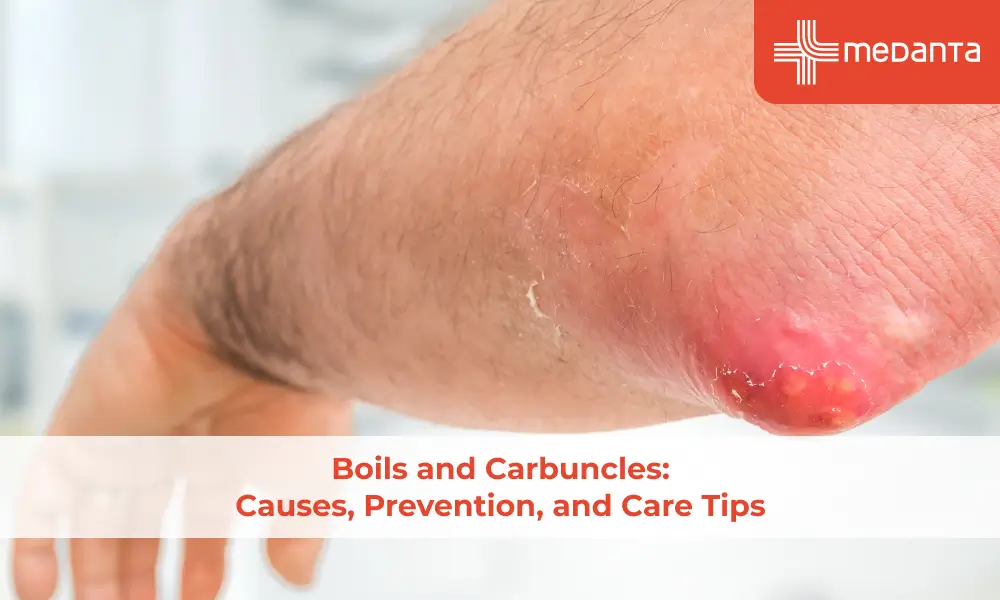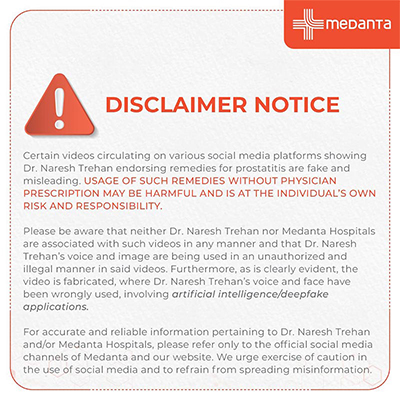Dealing with Hypertensive Emergencies

TABLE OF CONTENTS
Blood pressure that soars above 180/120 mmHg and damages organs signals a hypertensive emergency. The condition proves fatal for patients within a year if left untreated.
Hypertension crisis affects just 1-2% of adults with high blood pressure. These crisis comes in two forms: emergencies and urgencies. Organ damage marks the main difference between them. Emergencies show clear signs of acute organ injury, while urgencies don't. Medical teams must reduce blood pressure by 20-25% in the first hour to prevent strokes, kidney failure, and heart attacks.
Time plays a crucial role during these emergencies. In this article, you will discover the warning signs to watch for, what doctors do in the ER, and the life-saving medications they use to handle these critical situations.
The First Signs: What Patients and Doctors Must Notice
People with dangerously high blood pressure often don't realise they are at risk. This condition earned its nickname as the "silent killer" because patients usually show no symptoms until their organs start getting damaged.
Blood Pressure's Silent Rise
Your blood pressure can climb to dangerous levels while you feel completely fine. Regular blood pressure checks remain the only reliable way to detect hypertension. Doctors find it especially challenging to recognise a true hypertensive emergency because of this silence.
Hypertensive Urgency vs Emergency: Spotting the Difference
Patients with hypertensive urgency (very high blood pressure without organ damage) might experience:
Mild headache
Anxiety
Nosebleeds
Shortness of breath
A hypertensive emergency shows these severe warning signs:
Severe headache (especially sudden and intense)
Confusion or altered mental status
Chest pain
Dizziness
Vision changes or blurred vision
Nausea and vomiting
Seizures
Research shows that altered mental status appears most often in hypertensive emergency cases. Cerebrovascular accidents make up 31% of final diagnoses.
Critical Threshold for Action
Blood pressure readings above 180/120 mmHg need immediate medical evaluation. If a second measurement stays this high and symptoms appear, emergency care becomes vital.
Risk Factors Doctors Look For
These factors raise your risk of hypertensive crisis:
Skipping blood pressure medications (most common cause)
Male gender
Black ethnicity
Obesity
Use of stimulant drugs
Doctors check for bulging neck veins, crackling sounds in the lungs, heart murmurs, and the patient's eye blood vessels for damage during examination. They also assess kidney function since acute kidney injury often happens as a complication.
Your baseline blood pressure matters more than the absolute level. Patients who've had high blood pressure for years can handle higher readings better than those who suddenly develop it.
Inside the Emergency Room: What Happens in Minutes
The medical team springs into action when a patient arrives at the emergency department with dangerously high blood pressure—every second matters in hypertensive emergency treatment. Patient survival depends on quick but controlled intervention.
First Assessment: Confirming the Crisis
Doctors take these immediate steps:
Measure blood pressure in both arms to confirm readings above 180/120 mmHg
Complete a physical examination to check bulging neck veins, lung sounds, and eye damage
Check mental status to spot signs of brain involvement
Medical teams look for evidence of organ damage to spot the difference between hypertensive emergency and urgency. This crucial difference shapes the treatment approach.
Immediate Diagnostic Testing
Multiple tests happen at once:
Blood tests show kidney function and electrolytes
Urine analysis reveals signs of kidney damage
ECG detects heart strain or damage
A CT scan helps patients with headaches or neurological symptoms
Chest X-ray assists those with breathing difficulties
Treatment Begins Within Minutes
Treatment follows a careful protocol instead of aggressive blood pressure reduction:
Original goal: Reduce mean arterial pressure by 20-25% in the first 1-2 hours
Secondary goal: Lower BP to approximately 160/100 mmHg within 2-6 hours
Final phase: Gradually normalise pressure over 24-48 hours
The ICU Transfer
Actual hypertensive emergency patients move to intensive care for:
Continuous blood pressure monitoring
Intravenous medication administration
Close observation for complications
Medication selection: Tailored to the Emergency
The medical team chooses from several intravenous medications based on specific organ damage:
Nicardipine or clevidipine suits most situations
Labetalol helps with aortic dissection or stroke
Nitroprusside treats heart failure with pulmonary oedema
Esmolol works for acute coronary syndromes
Fast-acting, adjustable medications enable precise blood pressure control. This prevents dangerous "overshoot hypotension" that could worsen organ damage by reducing blood flow to compromised tissues.
Physicians monitor organ function throughout this process because lowering blood pressure too quickly can cause more harm than good.
Choosing the Right Drug for the Right Crisis
Doctors must carefully examine which organs are at risk when selecting medications for hypertensive emergencies. The BARKH framework (Brain, Arteries, Retina, Kidney, Heart) helps doctors quickly identify target organs and select appropriate treatment.
Each medication serves a unique purpose based on organ damage:
For brain conditions (stroke, encephalopathy): Labetalol and nicardipine prove most effective. Blood pressure should drop by 15% within one hour.
For aortic dissection: A combination of esmolol and nitroprusside rapidly lowers systolic BP below 120 mmHg. The treatment needs completion within 5 to 10 minutes.
For heart-related emergencies: Nitroglycerin and nitroprusside help manage acute heart failure. Doctors avoid beta-blockers when treating pulmonary oedema.
For kidney damage: Doctors prefer fenoldopam and nicardipine, which gradually reduce pressure over several hours.
For pregnancy-related crises: Hydralazine, labetalol, and nicardipine offer the safest options. Doctors must completely avoid ACE inhibitors and ARBs.
Precise medication administration remains crucial.
A patient's existing conditions play a crucial role in medication selection. Labetalol proves effective in most emergencies except acute heart failure but remains unsuitable for asthma patients. Nicardipine might benefit patients with kidney problems by increasing their glomerular filtration rate.
Doctors must watch carefully for hypotension since excessive blood pressure drops can lead to strokes, heart attacks, and blindness.
Conclusion
Lives depend on swift action during hypertensive emergencies. Blood pressure readings above 180/120 mmHg can damage vital organs, and every moment counts. This crisis affects only 1-2% of people with high blood pressure, yet its consequences remain severe. Patients who don't receive treatment face serious consequences.
Medical teams must balance speed with precision. Their primary goal is to lower blood pressure by 20-25% during the first hour without causing additional complications. They choose specific medications that target affected organs. This strategy helps safeguard the patient's brain, heart, kidneys and other vital systems under attack.
Early detection of warning signs can save lives. People should seek immediate medical attention if they experience severe headaches, confusion, chest pain or vision problems. Doctors need to distinguish between hypertensive urgency and emergency to determine the appropriate treatment strategy.
Today's emergency rooms use detailed protocols that save more lives than ever before. Prevention remains the best strategy. People who check their blood pressure regularly and take medications as prescribed rarely face these life-threatening situations.
FAQs
How quickly should blood pressure be lowered in a hypertensive emergency?
In a hypertensive emergency, doctors aim to reduce blood pressure by 20-25% within the first hour. The goal is to lower it carefully over 24-48 hours to avoid complications from rapid pressure drops.
What are the key signs of a hypertensive emergency?
Key signs include severe headache, confusion, chest pain, vision changes, and nausea. Altered mental status is the most common symptom, occurring in over half of cases.
Why is immediate medical attention crucial for extremely high blood pressure?
Extremely high blood pressure can cause rapid organ damage, potentially leading to stroke, heart attack, or kidney failure. Quick intervention dramatically improves survival rates from 20% to over 90%.
How do doctors determine the best treatment for a hypertensive emergency?
Doctors use the BARKH framework (Brain, Arteries, Retina, Kidney, Heart) to identify affected organs and choose appropriate medications. They also consider the patient's existing conditions when selecting treatment.
What tests are performed in the emergency room for suspected hypertensive emergencies?
Emergency room tests typically include blood tests, urine analysis, ECG, and sometimes CT scans or chest X-rays. These help confirm the diagnosis and assess potential organ damage.






